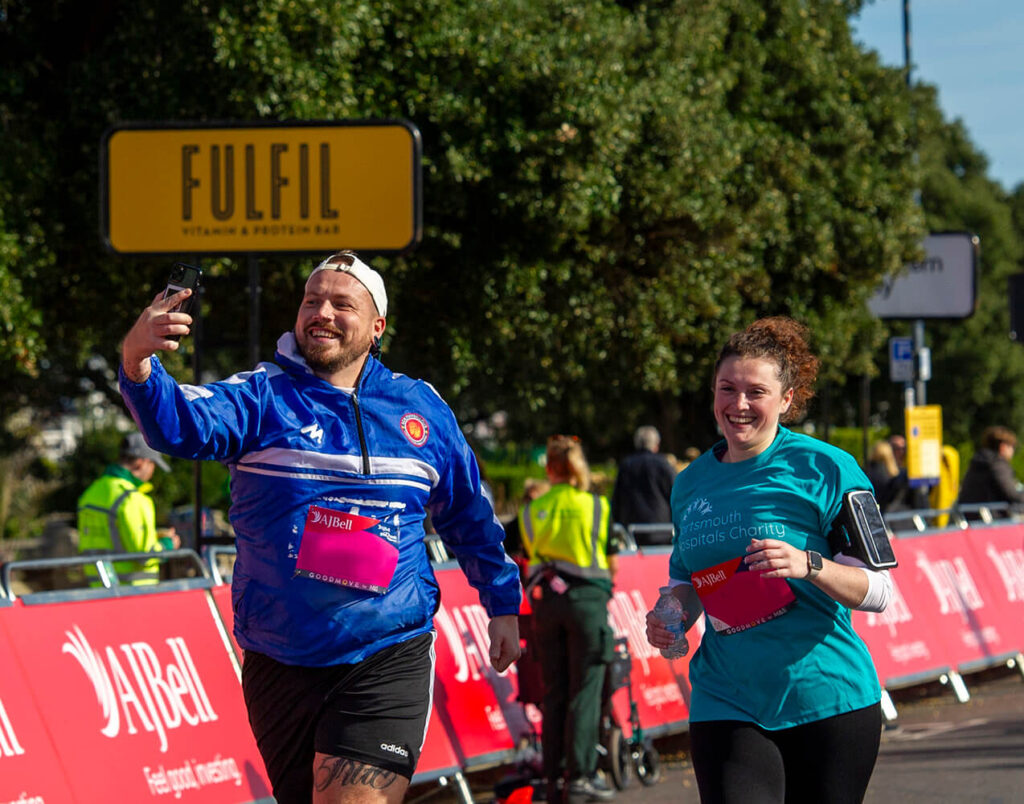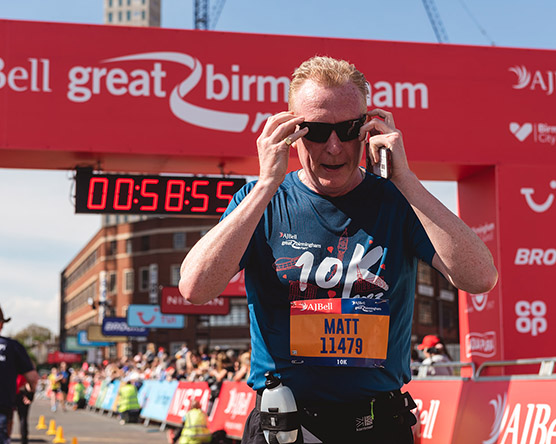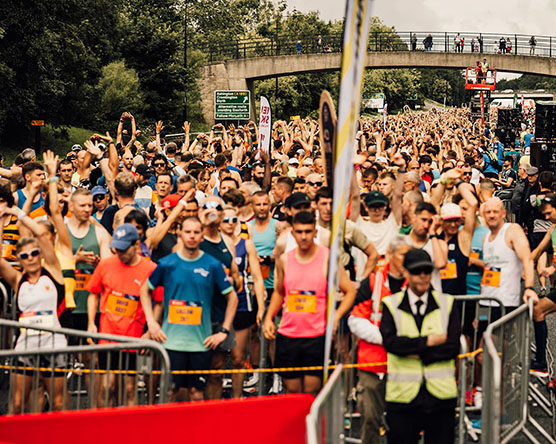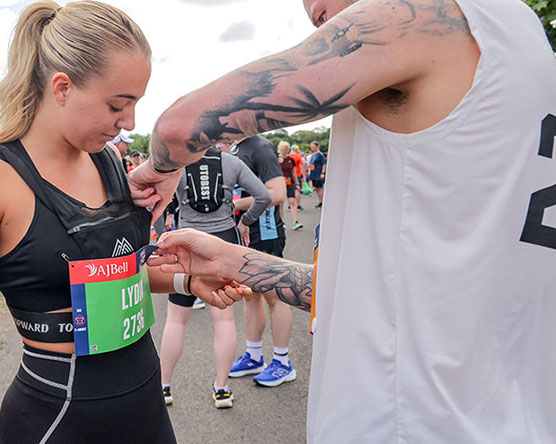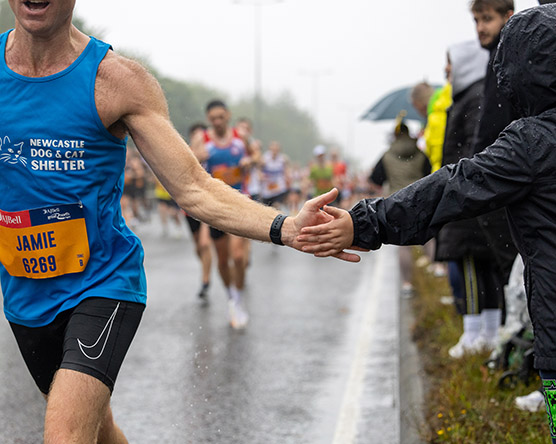No runner wants an injury stopping them in their tracks. But never fear – we’ve pulled together our ten top tips for avoiding strains, sprains, shin splints and more. Let’s go!
1) Don’t forget the warm up. Heading straight into a run without warming up your muscles is a recipe for disaster. Missing a warm up might save you a few minutes, but it could cost your weeks or even months if you end up with an injury. Get more warm up tips here.
2) Mix it up. Everyone needs a training plan (we have lots here that you’re welcome to use), but it’s important to make sure it’s varied. Vary your speed and distance to avoid overdoing it – no two days of running should look the same.
3) Consistency is key. Missing the odd run here and there won’t matter too much, but huge gaps in your running routine could spell injury disaster. Be consistent – your body will thank you for it.
4) Track your runs. It doesn’t matter if you use an app, a spreadsheet or a tatty old notebook. What is important is that you record the headlines of each run: distance, time and how you felt during and afterwards. That way, you can track any niggles that come up and make adjustments accordingly.
5) Strength and conditioning. These exercises – which include walkouts, mountain climbers, reverse lunges, squats and glute bridges – can improve your form, speed and stamina, but did you know they can also help you to avoid injury? Devise your own varied strength and conditioning work out and do it twice a week.
6) Look for grass and sand. All that road running can take its toll on your body. Where you can, have a go on grass or even sand if you find yourself close to a beach – it helps absorb impact and is kinder on your joints.
7) Running up that hill. At least once a week, head for the hills and do some elevation training. Forget about distance – a short, sharp blast up a steep incline will boost your cardiovascular fitness and do wonders for your time and stamina.
8) Tape those toes. It’s official: using paper tape on areas prone to blisters – including toes – can help avoid blisters. A recent study from Stamford University showed that taping runners’ fit resulted in significantly fewer blisters. It might sound a bit different, but give it a go!
9) Don’t be a fool – cool down. You’ve done the warm up; now for the cool down. Check out our full guide here.
10) And finally, don’t forget mindset. Make sure you give yourself time to get into the right headspace for running. Cramming runs in leads to a negative mindset, which can lead to a bad run and increase your risk of injury. Your brain and body are more connected than you might think.
And if you DO get injured…
Remember P.R.I.C.E. Protect, rest, ice, compress and elevate. In the first 72 hours after injury, you’ll need to apply a cooling product. A tight bandage or compression sock helps by applying pressure, and elevation reduces the blood flow.
Then turn up the heat. Once the swelling and inflammation has gone down, apply heat to help muscle fibres realign. Using a heat pack at this stage can really help your healing along.
Don’t get down. Easier said than done, but try to stay positive. Give your body the time it needs to rest and heal, and take things slowly once you’re back into training again. Doing too much too quickly could send your progress backwards.





